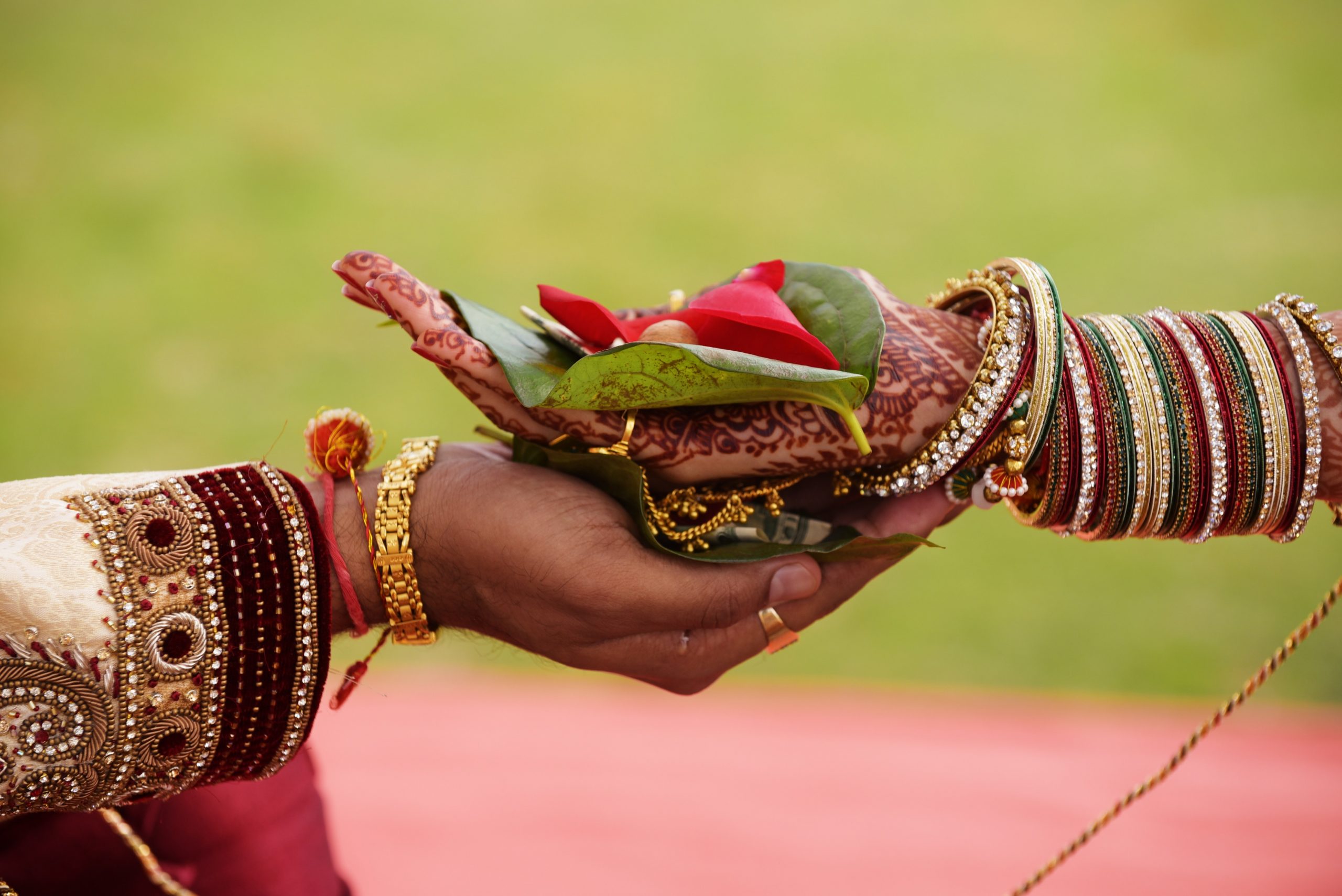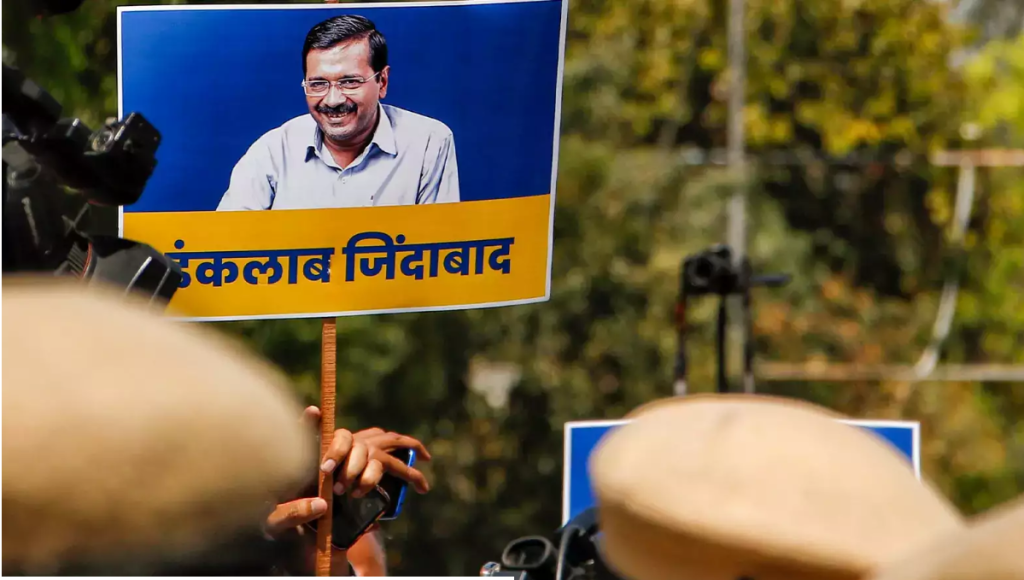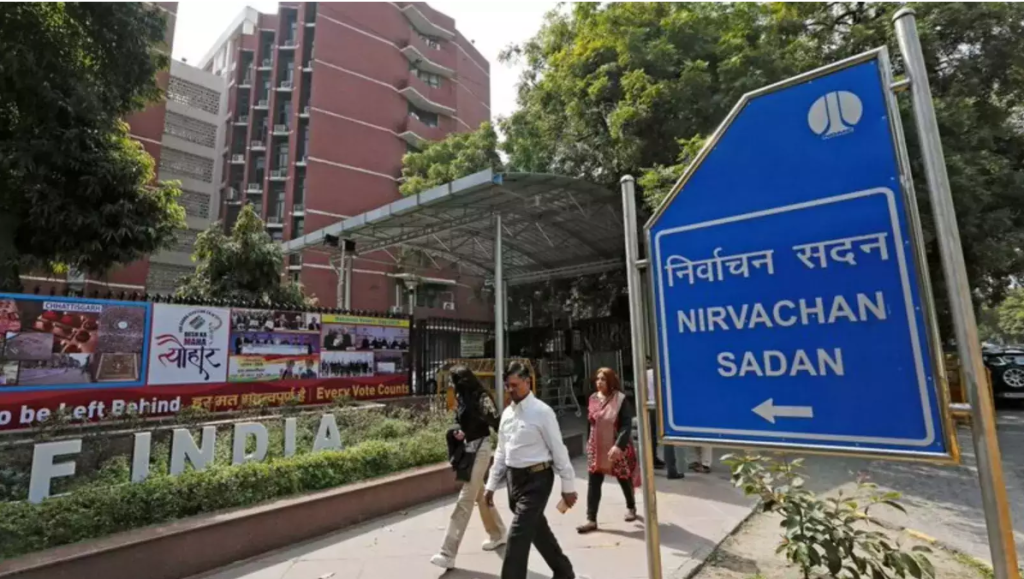GoI has proposed raising the minimum age of marriage for women from 18 years to 21, the minimum age for men. This supposedly aims to empower women and erode patriarchy, giving girls more time to study and choose their future.
Alas, the main motive is a different, misinformed one – to reduce population growth, which worries the BJP and RSS terribly for no good reason. RSS chief Mohan Bhagwat has repeatedly sought penalties on families with more than two children. The governor of Lakshadweep, a Union territory with an almost entirely Muslim population, recently proposed penalties, which included barring from contesting local elections and getting government jobs and subsidies, for parents with more than two children.
The More the Marrier
Similarly, laws exist or have been proposed in the BJP-ruled states of Haryana, Uttar Pradesh, Assam and Gujarat. Several non-BJP states – Punjab, Odisha, Maharashtra, Andhra Pradesh and Telangana – also have some sort of two-child policy.
The poorest and lowest castes have the most children. They see children as a form of old-age security. They have the highest infant mortality and least access to formal safety nets. Penalties for a third child end up targeting the poorest and weakest – and generally Muslims, who have a higher fertility rate than Hindus though the gap is closing fast. Richer families simply resort to foeticide. Studies from Punjab and Haryana show that a two-child policy skews the gender ratio by encouraging female foeticide.
The old global paranoia about a population explosion has been replaced by the realisation that the new danger is of too few children. This implies the ageing of societies, a lack of working-age people and excess of old folk dependent on a shrinking workforce. Hence, many western countries now offer incentives for having more children – tax breaks, subsidised childcare, ample paternity leave for both parents and free college education.
India\’s historically higher population growth means its working-age population has been increasing even as it collapses in China and the West. This \’demographic dividend\’ is an advantage, not a disadvantage. The \’miracle\’ 7% economic growth in every successful developing country has been based on rising population.
The world, and India, needs more children, not less. So, the unspoken reason for raising the marriage age – trying to curb population growth – is plain wrong. India\’s fertility rate is already down to 2.2, and will soon fall to 2.1 children per women, at which rate the population will stabilise and ageing will become a problem.
But let us turn to the GoI\’s stated aim: to improve women\’s status and erode patriarchy by raising the age of marriage to 21. India already raised the minimum age of marriage for women from 16 to 18 in 2013 (up from 14 years since 1940), and yet the condition of women has deteriorated.
The Georgetown Institute of Women, Peace and Security Index 2021/22 (bit. ly/3Hhbk3T) shows India falling from 131st spot among 171 countries in 2017 to 148th in 2021. Average years of female education in India are just 5.4 years. India\’s female employment ratio is 21% against, say, 36% in Bangladesh. The World Economic Forum\’s Global Gender Gap Report 2021 (bit.ly/3syzfHY) shows India falling from 114th position in 2014 to 140th in 2021.
Despite the government\’s claim to giving special priority to women, their position has kept deteriorating because the deep social prejudices and crime women face cannot be changed by a rule here or a quota or subsidy there. Raising the age of marriage to 18 has not helped. Neither will raising it to 21.
Read and Rights First
There is no correlation between female empowerment and the minimum age of marriage. The Scandinavian countries top the Women, Peace and Security Index, and all have a minimum marriageable age of 18. Next in the list come Britain and Netherlands with a minimum age of 16 for women. In the US, most states have a minimum age of 18, but under special circumstances (with parental consent and/or permission of judge), it can be as low as 12 years in Massachusetts, 14 in Alaska and Vermont, and 15 in Hawaii, Kansas, Maryland and Mississippi. In all these countries/regions, women\’s empowerment is infinitely greater than in India.
A high marriage age has nothing to do women\’s status. Despite the existing law, a quarter of India women are married before 18. I asked Gujarat tribals about this during an election trip and all said girls were married by 16.
Criminalising social customs, like early marriage, opens the door to harassment and exploitation of women much more than liberation.
To be sure, we need to have more women in education and employment. But female workforce participation rate has been plunging from 30% to 21%, and in urban areas is barely 14%, being among the lowest in the world. Women fear crime in cities. Harassment in the workplace and laws limiting employment of women have all added to the problem. These cannot be overcome by an arbitrary increase in their marriageable age to 21.
Social revolutions require patient political advocacy and NGO activism to change behaviour. Without that, new rules will fail.
This article was originally published in The Economic Times on Dec 28, 2022.





